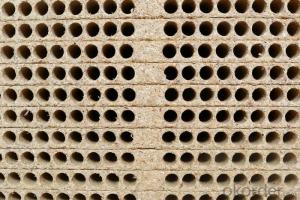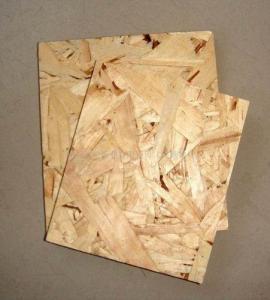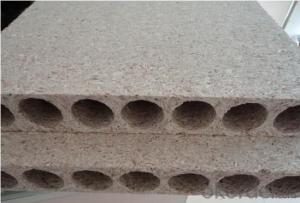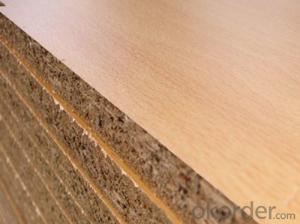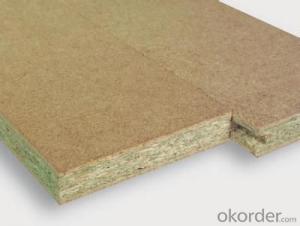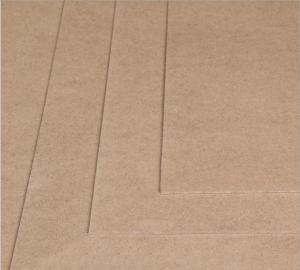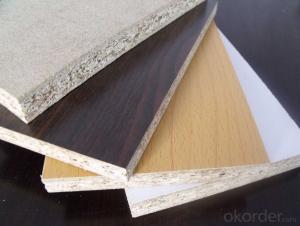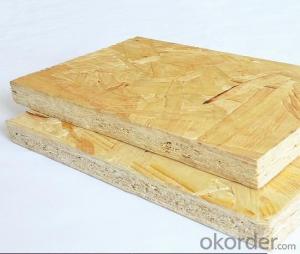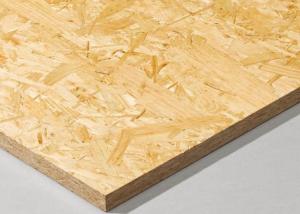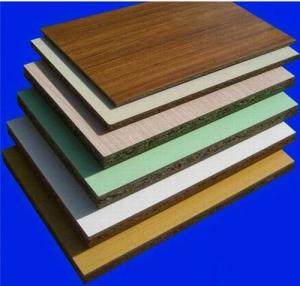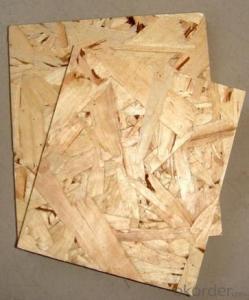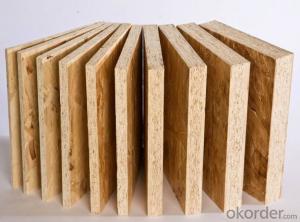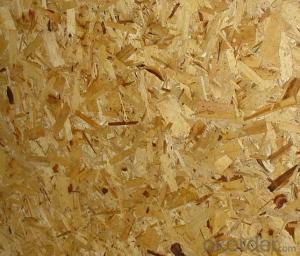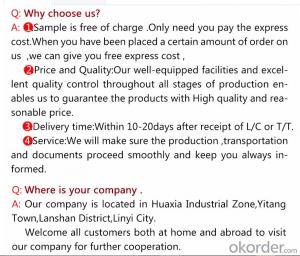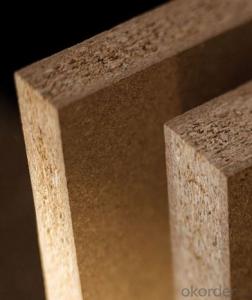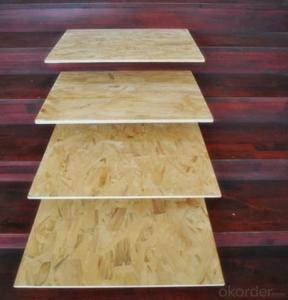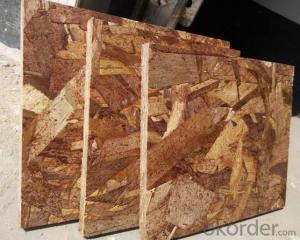All Categories
- - Steel Wire Rod
- - Steel Coils
- - Steel Profiles
- - Steel Pipes
- - Stainless Steel
- - Tinplate
- - Special Steel
- - Steel Sheets
- - Steel Rebars
- - Steel Strips
- - Hot Rolled Steel
- - Cold Rolled Steel
- - Pre-painted Steel
- - Seamless Steel Pipe
- - Welded Steel Pipe
- - Hollow Steel Tubes
- - Galvanized Pipe
- - Stainless Steel Coil
- - Stainless Steel Sheet
- - Stainless Steel Plate
- - Stainless Steel Strips
- - Electrolytic Tinplate Coil
- - Electrolytic Tinplate Sheet
- - Stainless Steel Rebars
- - Solar Panels
- - Solar Water Heater
- - Solar Related Products
- - Solar Inverter
- - Solar Cells
- - Solar Light
- - Solar Energy Systems
- - Solar Controllers
- - Solar Mounting System
- - Solar Pump
- - Solar Chargers
- - Fiberglass Chopped Strand
- - Fiberglass Mesh Cloth
- - Composite Pipes
- - FRP Pultrusion Profiles
- - Fiberglass Mat Tissue
- - Fiberglass Fabrics
- - Fiberglass Mesh
- - Composite Tank
- - Fiberglass Mesh tape
- - Polymer
- - FRP Roofing Panel
- - Fiberglass Roving
- - Monolithic Refractories
- - Ceramic Fiber Products
- - Refractory Bricks
- - Raw Materials For Refractory
- - Suspended Platform
- - Cranes
- - Concrete Machinery
- - Earthmoving Machinery
- - Building Hoist
- - Road Building Machinery
- - Plastic Pipe Fittings
- - Plastic Tubes
- - Plastic Sheets
- - Agricultural Plastic Products
- - Plastic Nets
 All Categories
All Categories
Q & A
Can particle board be used for decorative moldings or trim?
Yes, particle board can be used for decorative moldings or trim. It is a cost-effective option that can be easily shaped and painted to match the desired aesthetic. However, it is important to note that particle board may not be as durable or long-lasting as solid wood options.
What are the different jointing methods for particle board panels?
There are several jointing methods commonly used for particle board panels, including edge-to-edge gluing, tongue and groove, dowel joints, and pocket screws. Each method has its own advantages and suitability depending on the specific application and desired level of strength and durability.
Does particle board emit any harmful gases or odors?
Yes, particle board can emit harmful gases and odors, particularly formaldehyde. Formaldehyde, which is used in the manufacturing process of particle board, can be released into the air over time, leading to potential health concerns. It is advisable to ensure proper ventilation and limit exposure to minimize the potential risks associated with particle board.
How does particle board compare to plywood?
Particle board and plywood are both engineered wood products, but they have some key differences. Particle board is made from wood chips, sawdust, and resin, which are compressed together to form a solid board. On the other hand, plywood is made by gluing together multiple thin layers of wood veneer, with the grain direction alternating for added strength.
In terms of cost, particle board is generally less expensive than plywood. This is because particle board uses lower-cost materials and manufacturing processes. However, plywood tends to offer better overall strength and durability compared to particle board. Plywood is also known for its superior resistance to moisture and warping.
When it comes to appearance, plywood has a more natural and attractive grain pattern due to its veneer layers. Particle board, on the other hand, often has a more uniform and consistent appearance, lacking the natural variations found in plywood.
In terms of usage, plywood is generally considered to be more versatile and suitable for a wide range of applications. It is commonly used in construction, furniture making, and other structural projects where strength and durability are important. Particle board, on the other hand, is commonly used for interior applications such as cabinetry, shelving, and furniture where cost and appearance are more significant factors.
In summary, particle board and plywood have distinct differences in terms of cost, strength, appearance, and usage. Ultimately, the choice between the two depends on the specific requirements of the project at hand.
Wholesale Particle Board from supplier in Kyrgyzstan
We are a Particle Board supplier serving the Kyrgyzstan, mainly engaged in the sale, quotation, and technical support services of various Particle Board products in the Kyrgyzstan region. We are a subsidiary platform of the Fortune Global 500 company CNBM, able to provide you with one-stop Particle Board procurement services in the Kyrgyzstan. Not only do we have a wide range of Particle Board products, but after years of market development in the Kyrgyzstan, we can also provide valuable experience for your projects.
